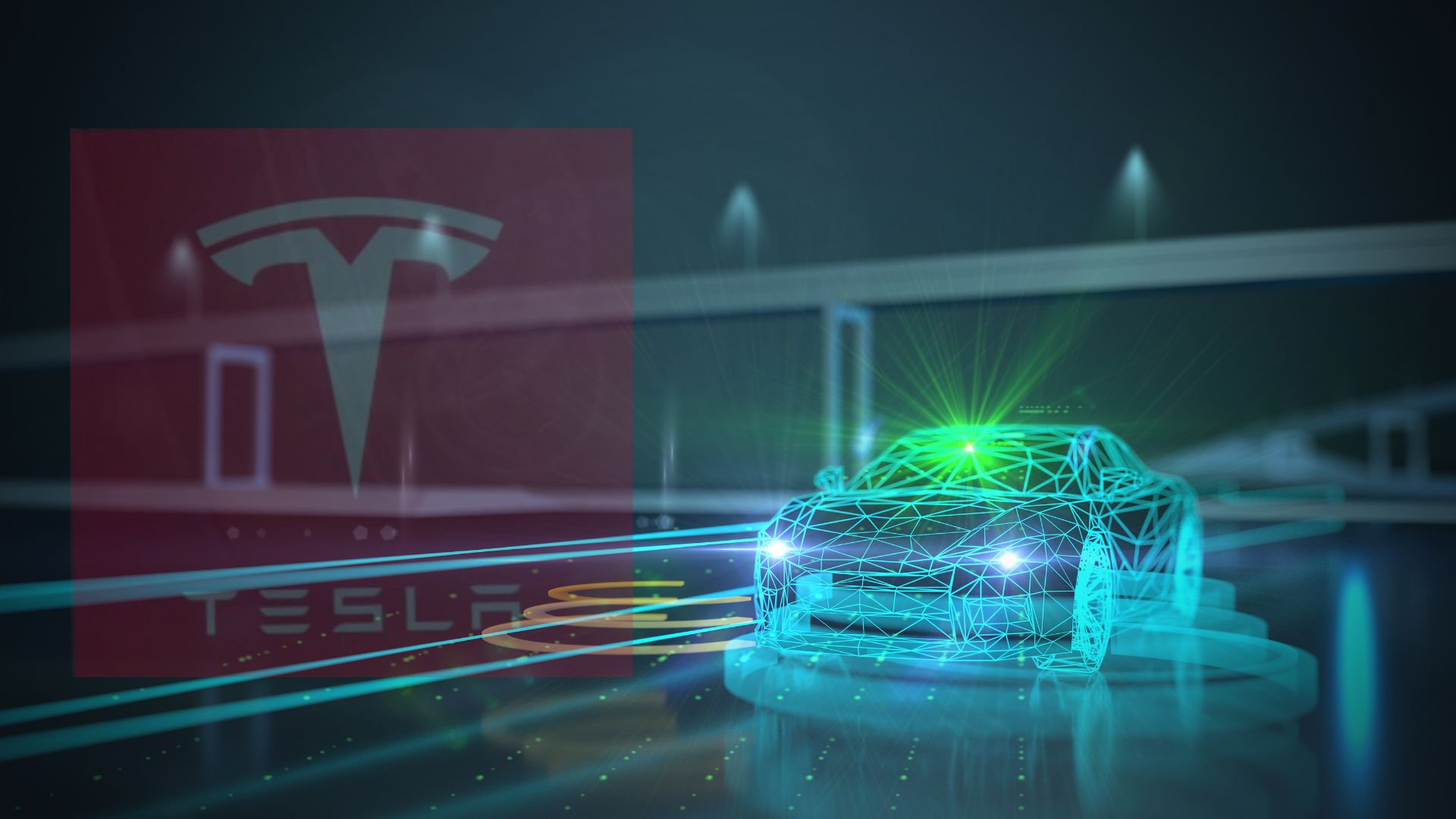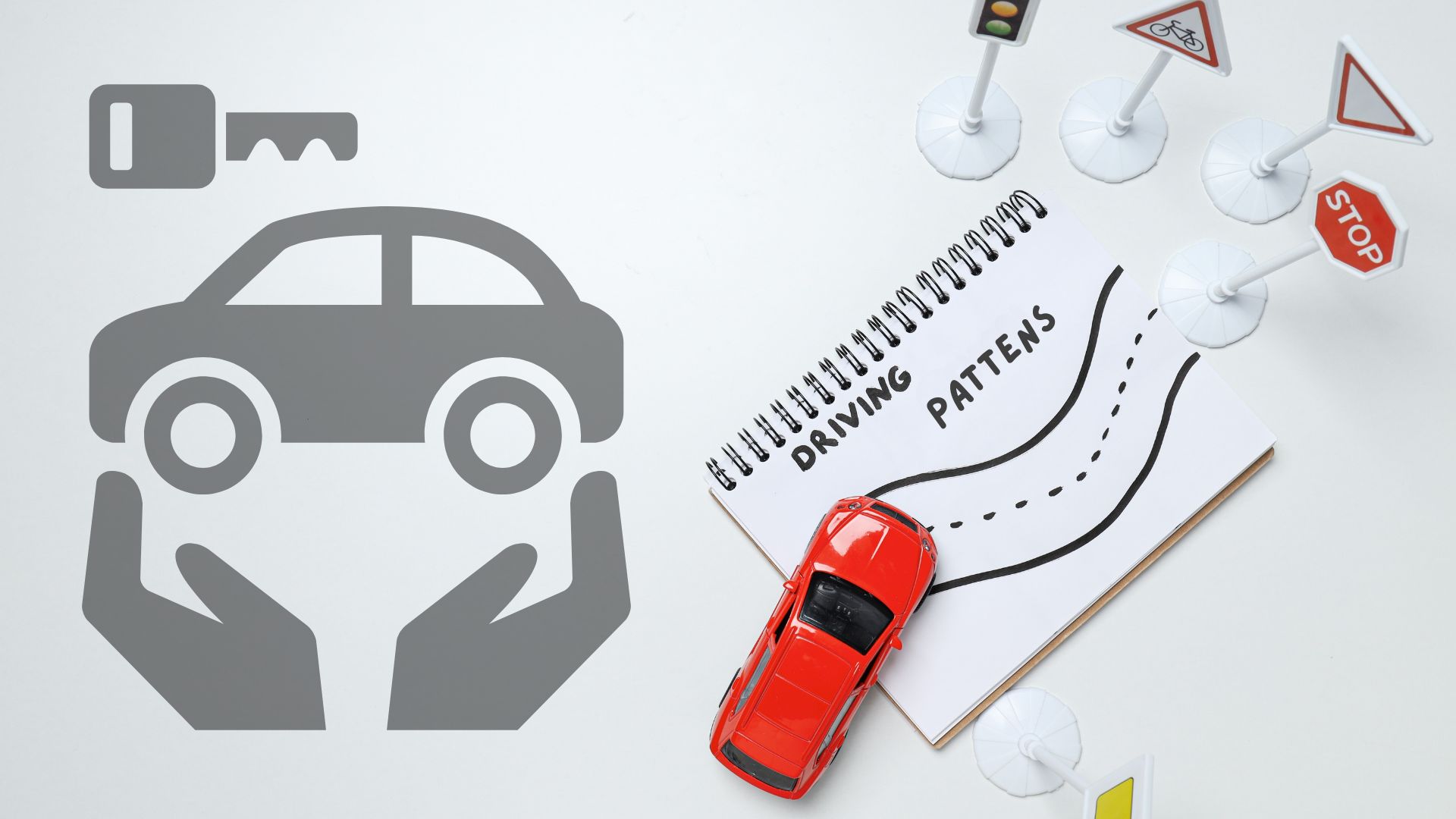Tesla Drivers See Spike in Incidents
New data from Lending Tree paired with other research sources provides a deeper look into Tesla drivers and their driving patterns. The findings raise pressing questions about driver behavior, advanced vehicle technology, and their collective impact on road safety.
Lending Tree’s analysis shows that Tesla owners reported an average of 37 incidents—accidents, speeding tickets, DUIs, and more—per 1,000 drivers in 2024. That’s a rise from 31 in 2023, suggesting that factors like increased Tesla ownership, overconfidence in vehicle technology, or regional driving dynamics might be at play. But the story doesn’t end there.
Recent research provides more insight into Tesla drivers’ behavior, highlighting both the advantages of the brand’s technology and the pitfalls experienced on the road.
Tesla’s Autopilot Offers Safety but Isn’t Foolproof
Tesla’s Q3 2024 safety report highlights the disparity in accident rates when drivers use the Autopilot feature versus operating without it. According to the data, Teslas with Autopilot engaged report only one crash per 7.08 million miles driven, a stark contrast to the U.S. average of one crash every 670,000 miles. Even Teslas driven without Autopilot perform significantly better, with one crash every 1.29 million miles.
This suggests Autopilot’s active safety features—such as adaptive cruise control and lane-keeping assist—help reduce accidents. Yet, it’s important to note that these systems aren’t designed to replace human engagement entirely. Over-reliance on Autopilot may lead to risky behaviors, such as distracted driving, under the false assumption that the vehicle is fully autonomous. Elon Musk has repeatedly stated that while Autopilot improves safety significantly, drivers must remain attentive.
For Tesla owners, the takeaway is clear: advanced technology is a powerful tool, but it’s still crucial to stay alert and prepared to take over.
A Concerning Fatal Accident Rate
While Tesla’s safety features shine in collision prevention, other studies paint a complex picture about the brand. An iSeeCars study found that Tesla vehicles had a fatal accident rate of 5.6 per billion miles driven from 2018–2022. This rate is double the average fatality rate for all car brands in the U.S., which stands at 2.8 per billion miles. Tesla sits alongside performance-heavy brands like Kia and Buick in the rankings, both known for high crash rates.
Why the stark difference? CleanTechnica speculates that it’s less about vehicle design and more about human behavior. Tesla vehicles often attract thrill-seekers drawn to their incredible acceleration and performance capabilities. With features like “Ludicrous Mode,” it’s easy for drivers to push their cars—and themselves—too far.
Distracted driving is another factor to consider. Tesla’s large touchscreen interface, while innovative, could be taking drivers’ attention off the road. However, this connection remains largely anecdotal and warrants further study.
The key message here is restraint. Tesla vehicles offer an exhilarating drive, but it’s critical for drivers to use that power responsibly and reserve high-speed thrills for controlled environments like race tracks.
Cadillac Drivers Lead Among Active Automakers
Turning to automakers still on the road today, Cadillac holds the distinction of having the most careful drivers. With just 21 reported incidents per 1,000 drivers in 2024, Cadillac owners have proven themselves to be among the safest on American roads.
What’s driving this trend? One potential explanation is Cadillac’s appeal to a more mature demographic. The luxury and comfort associated with the brand often attract experienced drivers who value a smooth, stress-free ride over thrilling speed or daring maneuvering. These drivers are likely less prone to risky behaviors such as speeding or aggressive driving, contributing to Cadillac’s low incident rate.
Another factor is the vehicles themselves. Cadillac models are generally equipped with advanced safety features that support careful driving. From parking assist to collision alerts, these built-in technologies encourage responsible behavior and provide an extra layer of protection. Additionally, the luxurious interior and smooth handling create a driving experience that’s more about enjoying the ride and less about rushing to a destination.
For drivers of all automakers, Cadillac’s numbers highlight the benefits of cultivating a more composed, deliberate approach to driving. It’s not just about the car—it’s about the mindset you carry behind the wheel. Taking your time, focusing on the road, and using your vehicle’s safety features to your advantage can significantly reduce the risks of incidents.
Whether you’re driving a Cadillac or any other brand, there’s a broader lesson here. Slowing down and driving with intent isn’t just a luxury—it’s a choice we can all make to keep ourselves and others safe on the road. Cadillac drivers are setting an example that we’d all do well to follow.
A Balanced Approach to Safer Driving
The disparity between Tesla’s higher incident rates and Cadillac’s lower ones offers a clear message. Tesla showcases the potential and pitfalls of advanced vehicle technology, where over-reliance on tools like Autopilot can lead to risks. Cadillac drivers, by contrast, demonstrate how careful habits and mindful use of safety features can keep incidents low.
The lesson? Whether you’re in a Tesla or a Cadillac, technology alone isn’t enough. Responsible driving, combined with an understanding of your vehicle’s capabilities, is essential for safer roads. At the end of the day, it’s the driver who makes the biggest difference.


